| Structure | Name/CAS No. | Articles |
|---|---|---|
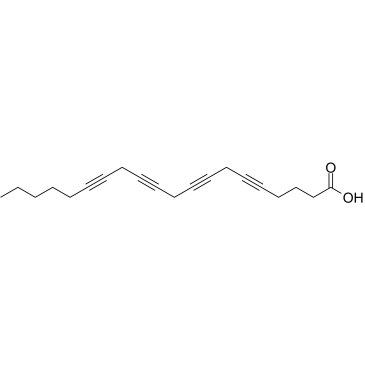 |
5,8,11,14-Icosatetraynoic acid
CAS:1191-85-1 |
|
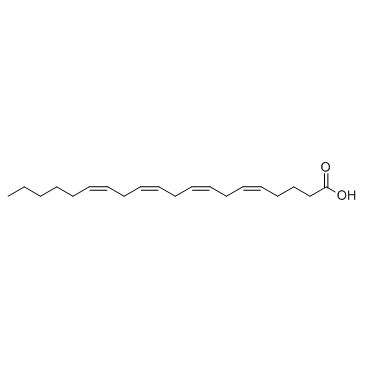 |
Arachidonic acid
CAS:506-32-1 |
|
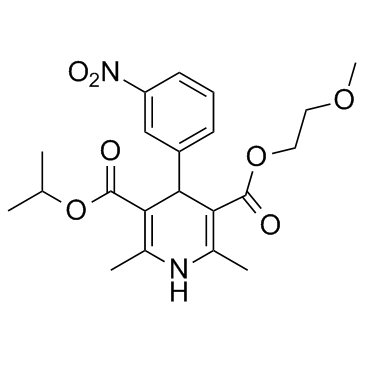 |
Nimodipine
CAS:66085-59-4 |
|
 |
4-AMINOPYRIDINE
CAS:504-24-5 |
|
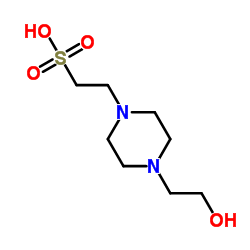 |
HEPES
CAS:7365-45-9 |
|
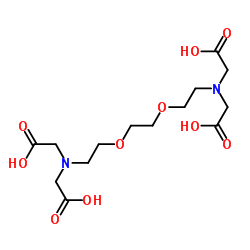 |
EGTA
CAS:67-42-5 |
|
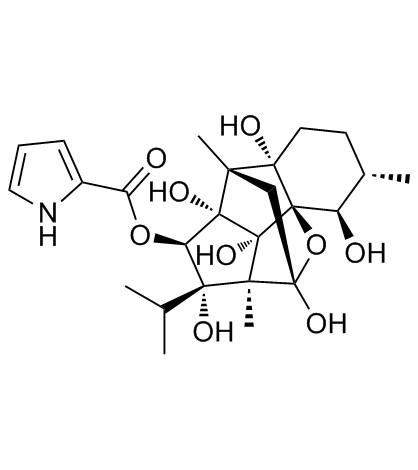 |
Ryanodine
CAS:15662-33-6 |
|
 |
γ-Linolenoyl-CoA
CAS:18172-33-3 |
|
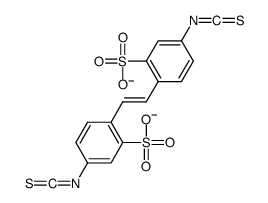 |
4,4'-Diisothiocyanatostilbene-2,2'-disulfonic acid disodium salt hydrate
CAS:207233-90-7 |
|
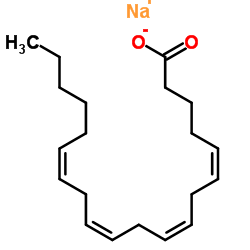 |
Sodium (5Z,8Z,11Z,14Z)-5,8,11,14-icosatetraenoate
CAS:6610-25-9 |